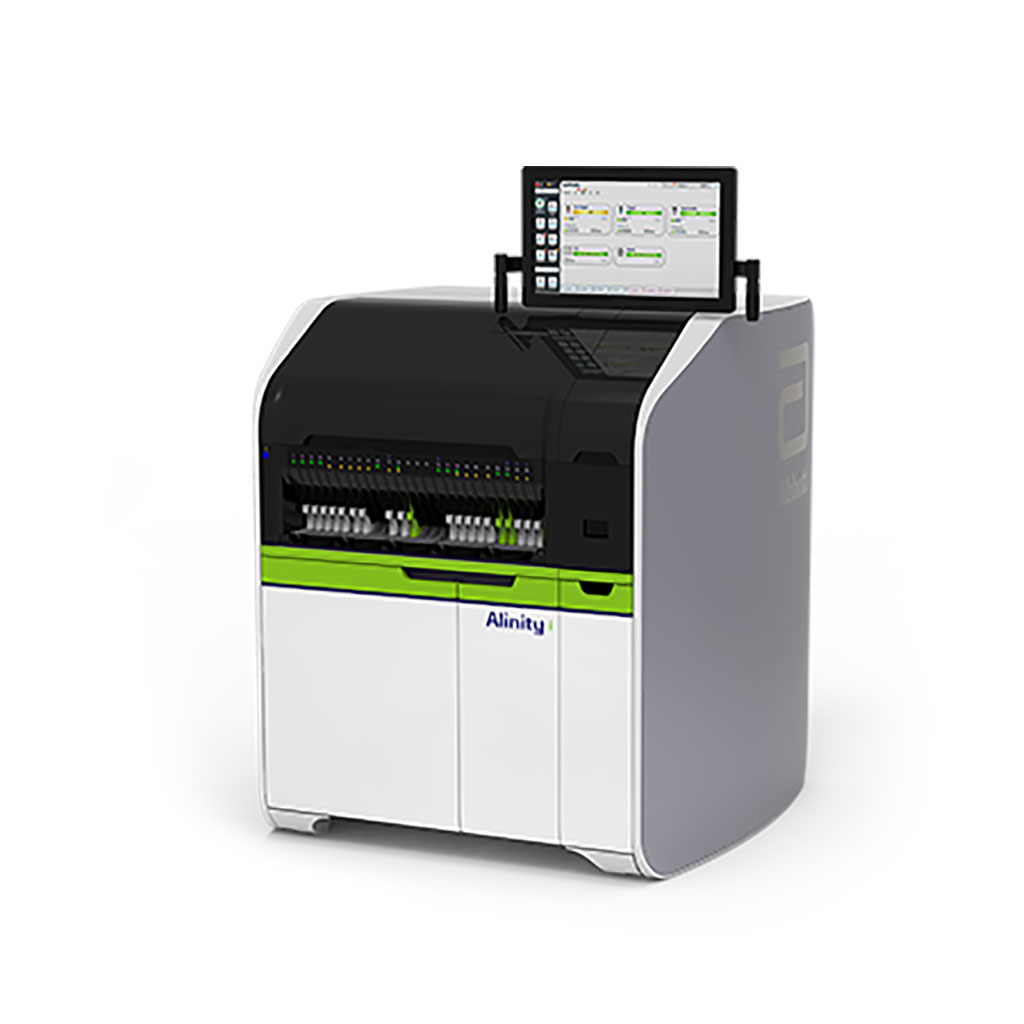Highly Sensitive Thyroglobulin Chemiluminescent Microparticle Immunoassay Evaluated
Posted on 21 Jul 2022
Differentiated thyroid cancer (DTC) is the most frequent endocrine malignancy. Standard treatment of DTC is thyroidectomy plus, for high risk cases, radioactive iodine ablation therapy, and pharmacological suppression of TSH.
Thyroglobulin (Tg) measurement is an essential diagnostic element of the follow-up and management of patients with differentiated thyroid cancer (DTC), as the 660 kDa glycoprotein is exclusively produced by benign or well-differentiated malignant thyroid cells. Tg is the matrix for synthesis and storage form of thyroxine (T4) and triiodothyronine (T3) within the thyroid follicles.

Clinical Biochemists at the University Health Network (UHN, Toronto, ON, Canada) participated in a three-center study, Tg values of 447 routine patient samples, characterized for the presence of anti-Tg. Mostly fresh samples from routine Tg requests were used. In addition, frozen samples, and precision and limit of quantitation patient pools and controls were utilized.
Samples were measured on ARCHITECT i2000SR (Abbott, Abbott Park, IL, USA) at three sites and Abbott’s Alinity i analyzer at one site using respective Tg and anti-Tg reagents, calibrators, and controls. For method comparison, samples were measured on a cobas 411 (Roche Diagnostics, Rotkreuz, Switzerland) at all three sites and on UniCel DxI 800 (Beckman Coulter, Brea, CA, USA) at one site using respective reagents, calibrators, and controls. Anti-Tg status was determined using Alinity i anti-Tg assay or ARCHITECT anti-Tg.
Serum Tg measured using with ARCHITECT was compared with the Roche Elecsys Tg II results. In total, 447 patient samples were analyzed for ARCHITECT and Roche with 56 samples positive for anti-Tg (cutoff 4.1 IU/mL). ARCHITECT Tg concentrations were ranging from 0.09 to 486 ng/mL for anti-Tg-negative and 0.09 to 341 ng/mL for anti-Tg-positive samples. Roche Tg values were closely correlated, with a correlation coefficient greater than 0.98 and a slope within 0.9–1.1 for anti-Tg-negative and anti-Tg-positive samples. Limit of quantitation (LoQ) was verified to be less than or equal to 0.1 ng/mL confirming that the Tg assay on ARCHITECT and Alinity was highly sensitive.
The authors concluded that the Abbott Thyroglobulin assay, which is standardized to the human thyroglobulin reference material (CRM-457), demonstrated a high correlation to the Roche and Beckman Tg assays, though good agreement of absolute values was only observed between Abbott and Roche. Strength of correlation and slope were not affected by the presence of anti-Tg indicating that all assays included in the study have a similar susceptibility to anti-Tg. The study was published on July 15, 2022 in the Journal of Clinical Laboratory Analysis.
Related Links:
University Health Network
Abbott
Roche Diagnostics
Beckman Coulter














